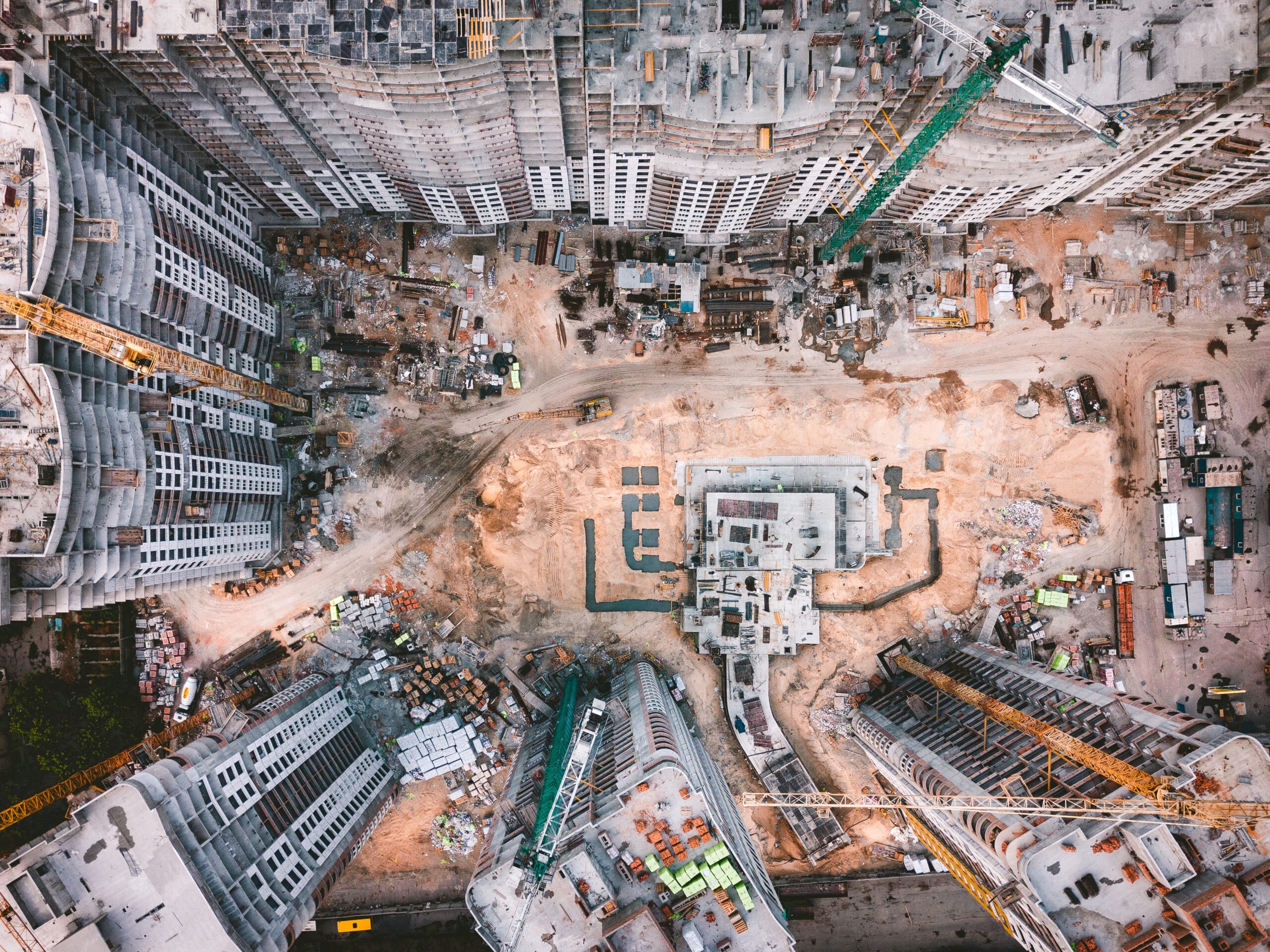Solutions for engineering
New Technology – do more in less time?
Anticipated influx of civil construction projects is spurring interest in new technologies that automate and enhance operational capabilities helping construction teams do more in less time while keeping proper safety standards. According to a recent EY survey, 98% of engineering and construction companies agree that digital solutions will be critical to growing their businesses in a competitive environment. They reach for technologies, such as IoT, artificial intelligence, drones, sensors, industrial robots, and others, to get ahead of competition.
These new technologies in construction aim at connecting construction sites to obtain maximum productivity and avoid error. Connecting the construction site means having accurate and timely data and making quick and informed decisions. New solutions allow project teams to be more efficient in tracking progress of the project, on-going activities, inventory and where the issues are.

TABLE OF CONTENTS:
Benefits of using Drones And AI
Drones and Artificial Intelligence
Drones and Artificial Intelligence are two of the new technologies that are quickly showing some of the best value in the construction industry. They can quickly improve the three most common issues on construction site.
1. Accurate and timely data
More than 50% of reworks are caused by poor data and lack of communication on the project (according to the FMI + Autodesk report (LINK) Classical methods of surveying and collecting data most commonly used on construction sites usually take a lot of time, are very point oriented and prone to human errors.
Drones collect data almost 500% faster than classical methods. They allow the surveying teams to take a complete snapshot of the whole construction site. This data is used to create a complete and measurable model of the terrain with 1-2 inch accuracy. Having such models available online on a weekly or even daily basis allows project teams to increase situational awareness while, at the same time, limiting field visits. If there is a need to investigate issues and check what was happening on the site 1 or 2 months ago, such data is available and can be used to track root causes of past issues even after the construction site made progress.

2. Progress tracking and issue identification
60% of construction engineers and executives say they have to make decisions with outdated data. 70% of construction engineers and executives say they struggle to identify potential issues before they become big problems (LINK).
By taking timely scans of your job site and comparing them with the design, you can quickly validate if you are on time and inline with the design. The feedback loop for getting the right survey information to make decisions can be shorter by up to 80% (from a week to 24 -48 hours.).
This allows the teams to react quickly to observed deviations before they change into serious problems and greatly reduce the risk of delays or rework. Until now such verification was the domain of high level surveying and engineer specialists with specialized software and hardware.
Now with some help of simple online tools, the teams can compare the as-built scans with the design and highlight identified issues. What’s even more, these tools are becoming increasingly automated and with the right setup the biggest issues can be highlighted automatically by the computer for further inspection by the surveyor or engineer. This allows the team to save a lot of manual labor, focus quickly on identified issues and, if necessary, visit the site for further inspection.

3. Communication on projects
A recent report from Designing Buildings shows that poor communication is responsible for 48% of all rework. The information you gather is only as good as your team’s ability to analyze it and collaborate on it with project teams.
Autodesk report LINK says that construction workers waste two working days every week searching for project data and resolving avoidable issues. What’s even worse, if knowledge is difficult to understand, buried in lengthy documents, or locked from access, people won’t use it—even if it’s critical to the project’s success. That’s why having simple access to data and simple processes to use is a crucial part of implementing new technologies.
One of the ways to do this is to have an online solution, accessible to chosen team members, which allows them to cooperate on a single source of truth and communicate easily via messages in real time. Being able to attach notes, photos or tasks to specific locations on the most up to date model of the construction site improves the understanding and flow of information.
Summary
Drones and artificial intelligence are certainly not a solution for all the issues but they can certainly help. If you are thinking about growing your business or improving control over your projects then using new technologies is the right way to go.
Like the article? Spread the word
Like the article? Spread the word
Tips, news, insights
Related articles
Check our articles and get newest industry insights.






